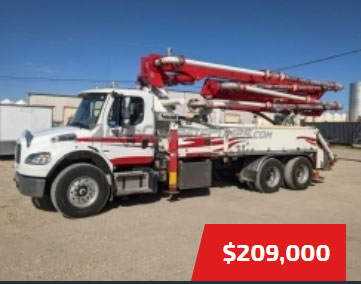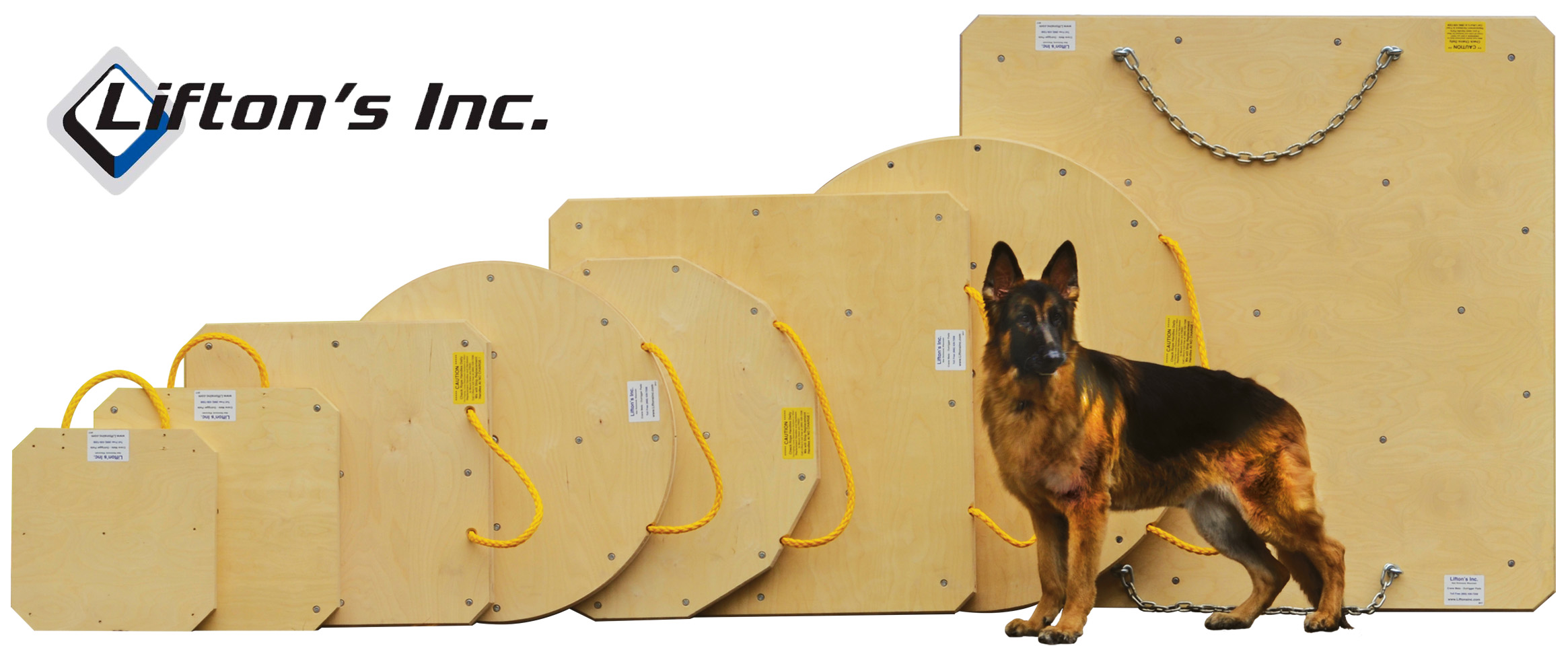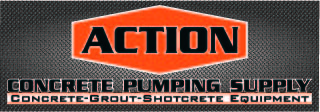| Bob | 05-11-2007 | comment profile send pm notify |
|
The safety message this week will be a little different than what you are used to. It is still very much a concrete pump safety issue. This week it is a question rather than a ‘tip’. The question is for the people and companies that manufacture our pumping equipment. It is as follows: Why does the pump, after reaching relief pressure, need to continue to pressure out? Why does the hydraulic pump not return to a “zero” position. Why does it continue to make oil and therefore exert pressure on the concrete? Why do the manufacturers of our machines not fix this problem? This question has bothered me for some time. When we were using vane pumps or gear pumps I understood that it was up to the relief system to dump the oil back to tank. Now that everyone is using variable displacement axial piston pumps that have the capability to, when signaled, return to zero, why don’t they? The pump systems de-stroke but not to zero. They continue to supply oil to the system sufficient to maintain pressure on the concrete. This continuation of ‘effort’ is not productive to pumping concrete. It only manages to continue to place those people; operators, oilers, ready mix drivers and members of the placing crew in jeopardy. When it is pressured out – it is pressured out. Why does the pump system, after reaching relief pressure, not go to an “OFF” position? This is the first thing that an operator does when he realizes that his pump has pressured out. As much noise as the new fans on Mack trucks make an operator may well not know that his pump is no longer stroking for some seconds. During this time nothing good can happen. A clamp might fail, a hydraulic hose or fitting may blow, and a placing pipe or hose could explode. None of these things have a positive effect on the pump owner, the job site personnel or the insurance companies that provide coverage for any of the involved parties. So let me, once again ask the question: Why is it necessary for a pump to continue to remain in a pressurized condition once the hydraulic system has reached its maximum possible pressure? Why is it left up to the pump operator to correct this problem? High rise pumping, or pumping to the extreme limits of a machines capability may be the exception to my question. But in day to day use; why does the concrete pump hydraulic system not go to an off position, a reverse position, or at least, de-stroke the hydraulic pump to an absolute zero? We have the technology! Bob Sanderson www.ConcretePumpingSafety.com |
||
| pumpon | 05-12-2007 | reply profile send pm notify |
|
bob , an operator here in oz who runs a sany pump told me if he plugs up and goes to max pressure , the pump has a feature which runs it automatically in reverse maybe all pumps should have this feature |
||
| Bob | 05-12-2007 | reply profile send pm notify |
|
I am glad that it is being taken seriously by at least one manufacturer. ;~) |
||
| Many | 05-12-2007 | reply profile send pm notify |
|
I can personally say I have seen a pump with noise around plug and blow brand new HD pipe and not even know,4-5 yards on ground !!.What was it?.A 8000 electric.Where?.Last piece on vacant land federal triange DC.Longest push 1200 ft and 42m placeing boom.The plant was next to the pump 5 floors down with a remixer.Everything to plant was done by conveyer.We never knew till boom operator said no mud,by that time all over but the scramble for new pipe and wishing someone could reverse gravity. |
||




















.jpg)
.gif)

.jpg)









.jpg)








